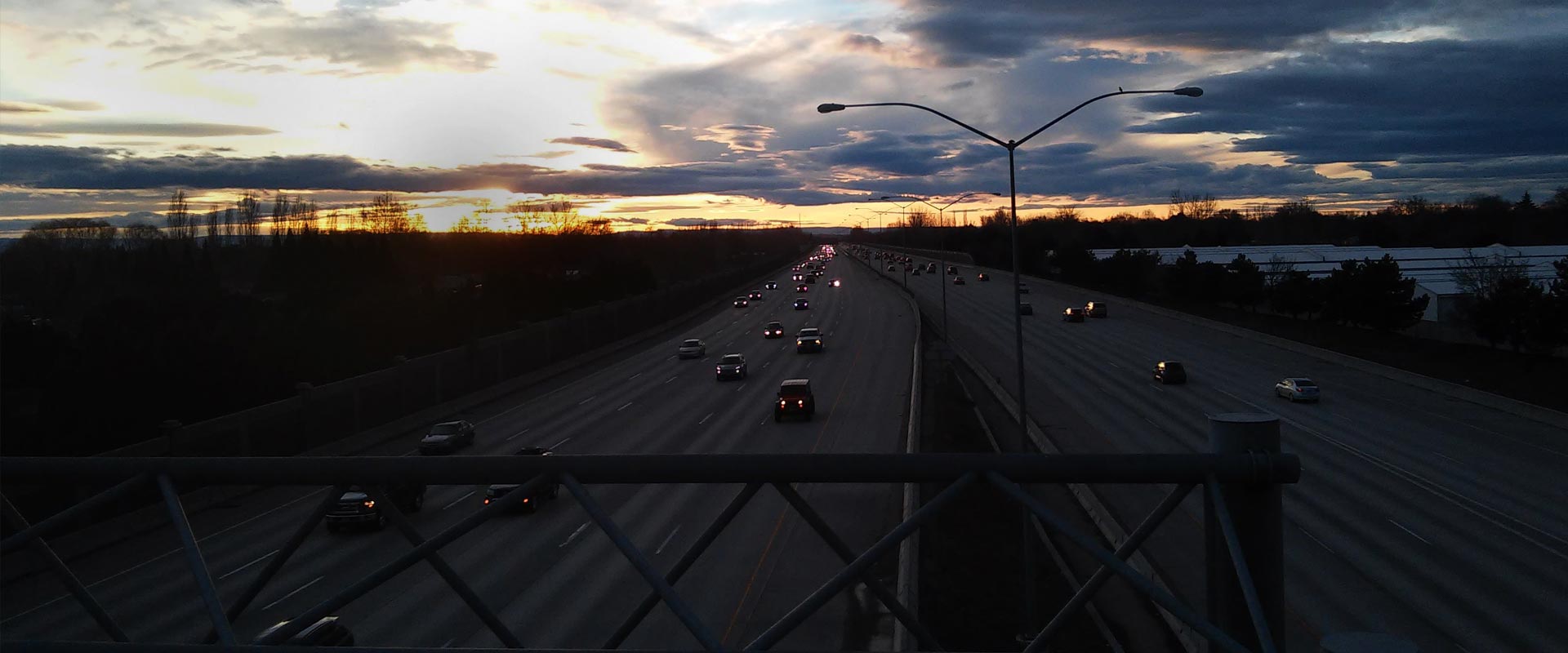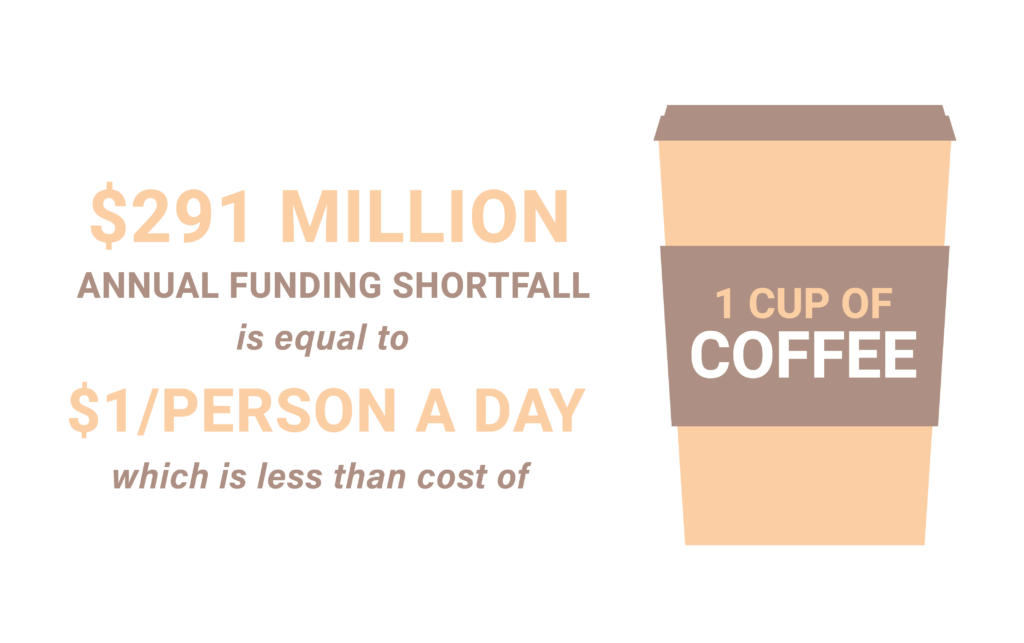
Financial Plan
$291 million is hard to grasp.
Laid end to end, $291 million in $1 bills would stretch just over 28,000 miles – about 3,000 miles more than it would take to circumnavigate the globe.
Now multiply that by 19 years and you get $5.5 billion – the total shortfall to the year 2040. That’s enough to circumnavigate the globe more than 21 times!
Communities in Motion 2040 2.0 includes over $1 billion in funded transportation capital improvements, in addition to maintenance, operations, and similar expenses. But, even with this significant investment, the region still falls short, leaving many transportation needs unfunded.
Why Should I Care?
Transportation is the lifeblood of our economy. Without a well-functioning transportation system, our economy suffers. Our transportation system impacts our quality of life, from how much time we spend sitting in traffic, to the choices we have in how we get around, to the safety of those choices.
We don’t have enough money to maintain the system we have now, much less to “grow” the system to meet the needs of over 1 million people in Ada and Canyon Counties by 2040.
To maintain what we have and keep up with that growth, COMPASS estimates that the region will need an investment of approximately $642 million per year between now and 2040, but we have only $351 million per year in revenue, leaving an annual shortfall of at least $291 million.
How Do We Pay For Transportation?
Transportation in Idaho is primarily funded through fuel taxes, vehicle registration fees, and other local funding sources such as impact fees.
The COMPASS Board of Directors has adopted a funding policy for CIM 2040 2.0 to use federal funds to maintain the existing transportation system and to strategically address regional priorities. This policy guides how federal funds are programmed (budgeted) through this plan and the Regional Transportation Improvement Program. COMPASS continually works to secure funding to address important regional priorities.
Why Do We Have A Shortfall?
While many factors contribute to the shortfall, the primary issue is that current funding sources, such as the federal fuel tax, have not kept up with inflation.
How Bad Is It Really?
On average, costs for maintenance and daily operations of the local roadway system will outpace revenues in less than 10 years. Only the Ada County Highway District and the City of Nampa, which collect impact fees on new development, will have funding available to improve their transportation systems.
Public transportation is in even more dire straits. Idaho does not have a dedicated funding source for public transportation – that is, there isn’t any sort of tax that pays for public transportation the way the fuel tax pays for roads. Local governments – cities and counties – contribute nearly half of Valley Regional Transit’s funding. This is not sustainable; without additional revenue from existing or new sources, Valley Regional Transit will have to reduce existing services to match available funding.
What Does It Mean To Me?
To grow our system, and even to maintain what we have, we need to find new sources of revenue and improve on the sources we do have so that they can keep up with inflation and provide needed revenue.
While $291 million a year sounds daunting, the tradeoff is slower commutes, rougher roads, and less bus service, all of which translate into more time spent in traffic and more money spent maintaining your car.

Webpage updated 12/31/2021


